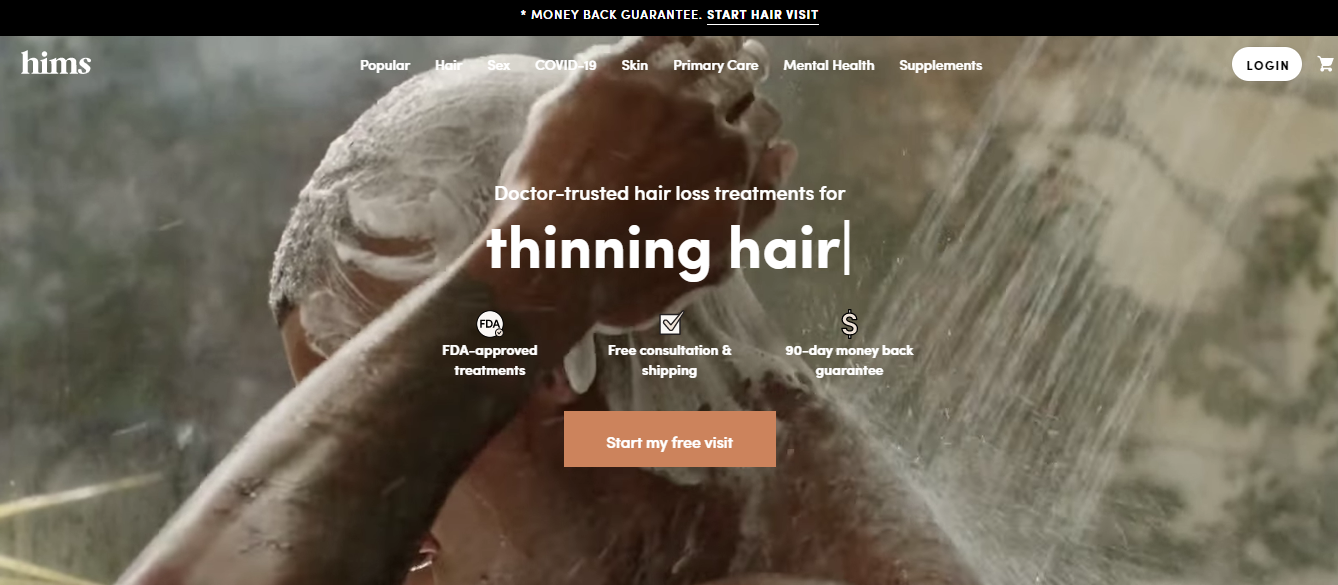Whether you’re launching a website to promote or sell products or as a personal passion project, your ultimate goal is for users to visit and engage with your brand virtually. But how do you actually get them to like, share, subscribe, or follow some other call to action?
Here, we’ll take a look at what user engagement means, and later, we’ll share some tips you can use to increase user engagement rates on your website.
What is user engagement?
Put simply, user engagement is when your website visitors appreciate your content so much that they stay to consume it, share it, comment on it, and ideally, make some sort of conversion. Because there are so many ways to measure user engagement, it can be hard to define. Ultimately, measuring user engagement comes down to your goals as a business. If you’re a travel blogger, social media shares may be how you track user engagement; if you’re a service company, you may count consultation requests as the highest form of engagement.
Below, we’ll take a look at some unique ways to boost user engagement on your site, no matter what type of engagement you’re aiming for.
5 tips to improve user engagement
1. Rethink your site’s navigation
In order for a user to interact with your website, they have to understand how to use it. If the layout is confusing or it’s hard to get to the information they need, they’re more likely to bounce from your site to some other site on the search engine results page (SERP). Reimagining your site’s navigation is a good place to start.
Site navigation is pretty self explanatory—it’s how users navigate your site. So, if you have a lot going on and the menu labels don’t make sense, it will be hard for people to find what they’re looking for. Here are a few guidelines to consider when revamping your site’s navigation:
Keep design consistent throughout to establish clear branding and continuity
Make sure navigation labels are accurate
Categorize content clearly
Make sure your site search feature works properly
Add a related content widget to encourage users to stay on your site for longer
2. Boost your content strategy
They say “content is king” and the idea holds true in 2021. If your website relies on content to generate traffic, leads, and conversions, it’s a good idea to invest in your content marketing strategy. Not only does content promote a positive connection between your brand and your customers, but it also helps increase your SEO and may lead to other important engagement metrics like downloading gated content or even buying your product or service.
Here are some suggestions to keep in mind when building your content strategy:
When searching for content ideas, think about questions your customers are already asking, and cover them with your blog content.
Break up content with graphics, images, and block quotes. This will allow users to get the information they need at their own pace and learning style.
Use CTA’s to promote engagement. A CTA, or “call to action,” is a callout that requests your users to do something, like download gated content, learn more, etc. To create a clickable CTA, make sure to use action verbs, clear and contrasting colors, and tailor your messaging to your target audience.
Wellness brand, ForHims, does a great job designing their CTA. It’s clear, colorful, and has context to let you know where the button will take you—to your free visit.
3. Define your target audience
Whether you sell shoes, write a travel blog for fun, or run a local HVAC company, your brand has a target audience. When you’re designing your website and creating content, you want to consider what your audience wants, how they talk, how they communicate, etc.
Understanding these basics will help you tailor your website, and ideally, garner engagement from your users. As you’re beginning to define your target audience, use these questions to guide your research:
What is their demographic background? (i.e. age, race, gender)
What is their level of education?
What are their biggest challenges?
Where do they find the most value in a product or service?
What does their research process look like when they’re deciding whether or not to buy a product?
What are some of their favorite brands right now?
How do they socialize in person and online?
With this information in hand, you can predict what your target audience’s customer journey will look like and, as a result, tailor your communications accordingly.
4. Make it mobile-friendly
From researching restaurant reviews to browsing social media and shopping online, many of us spend a majority of our screen time on our phones. In fact, American adults spend an average of 3.5 hours on their mobile phone each day. So, as a marketer, it’s clear why you’d want to optimize your website for mobile use.
Here are a few pointers to help:
Use Google’s mobile testing tool to see if your pages are optimized
Choose a reliable host
Regularly test and work to improve site speed
5. Promote content cross-functionally
Improving engagement directly on your website is one way to gain traction with your followers, but getting them to your site is just as important. In order to increase awareness and drive visitors in today’s digital age, social media is a must.
Check out these tips to create a social media strategy step-by-step:
Conduct competitor analysis on a regular basis
Refer to your target audience research to guide your strategy
Choose channels that fit your brand and your audience
Final notes
Your website serves as a platform for existing and potential customers to connect with your brand. By focusing your efforts on improving your site navigation and content strategy, defining your target personas, and optimizing for mobile and social platforms, you can encourage users to engage.
Use this post as a resource as you work toward boosting user experience on your website and don’t forget to subscribe to gain access to more helpful tips and tricks!
About the Author
Matt Casadona
Matt Casadona has a Bachelor of Science in Business Administration, with a concentration in Marketing and a minor in Psychology. He is currently a contributing editor for 365 Business Tips. Matt is passionate about marketing and business strategy and enjoys the San Diego life, traveling and music.














